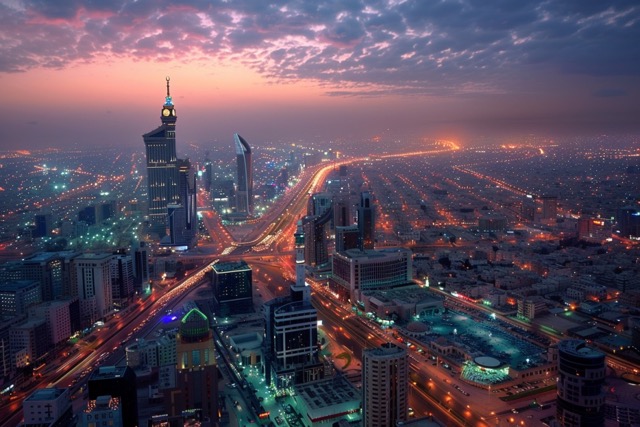Saudi Arabia’s Transition to Renewable Energy Could Save $30 Billion in Electricity Costs by 2030
In a panel session at the 2024 Saudi Arabia Capital Markets Conference, S&P Global executive Sofia Bensaid discussed Saudi Arabia’s ambitious goals of 50 percent renewable electricity by 2030 and net zero emissions by 2060. Bensaid emphasized that achieving these targets is feasible but highlighted concerns about implementation, with the need to add over 20 gigawatts of renewables annually until 2030, totaling 130 GW in six years.
Bensaid explained that the rebuilding agenda is expected to cost around $86 billion, aiming to replace the entire oil-fired power fleet. However, this cost will be covered by developers on a project finance scheme, not impacting the government’s balance sheet. Once 130 GW is reached, the Kingdom could see a $30 billion reduction in annual electricity costs.
Focus on Non-Oil Sectors and Renewable Energy Initiatives
The conference also highlighted Saudi Arabia’s dual focus on non-oil divisions and renewable energy projects. Government investments are driving expansions in sectors like tourism, consumer products, healthcare, and telecom, with expectations of continued growth below a 5 percent rate. These sectors are thriving due to demographic trends and favorable oil prices.
Tatjana Lescova, associate director of corporate ratings at S&P Global, emphasized the positive outlook for consumer-driven industries in Saudi Arabia. Sectors like healthcare and telecom are thriving, benefiting from growing spending trends and relatively low inflation rates.
Vision 2030 Plan for Social and Economic Transformation
Director of Sovereign Ratings at S&P Global Zahabia Gupta discussed Saudi Arabia’s ambitious Vision 2030 plan for substantial social and economic transformation. Large-scale projects under this vision are estimated to cost over a trillion dollars, with expectations of increased debt issuance by PIF and the government to fund these projects.
Despite the substantial debt issuance, Gupta noted that Saudi Arabia is expected to maintain a comfortable net asset position of around 47 percent of GDP by 2027. The government will partner with the private sector and foreign investors to implement Vision 2030 projects.
Mitigating Impact Through Prudent Fiscal Policies
While the increasing debt issuance may put pressure on Saudi Arabia’s net asset position, the Kingdom plans to mitigate this impact through prudent fiscal policies. S&P Global Ratings expects that the government’s balance sheet will remain strong, despite potential deterioration due to financing Vision 2030 projects.
The Saudi government will continue to support PIF and essential infrastructure projects for mega and giga-project sites, ensuring steady economic diversification efforts to reduce the country’s dependence on oil.

